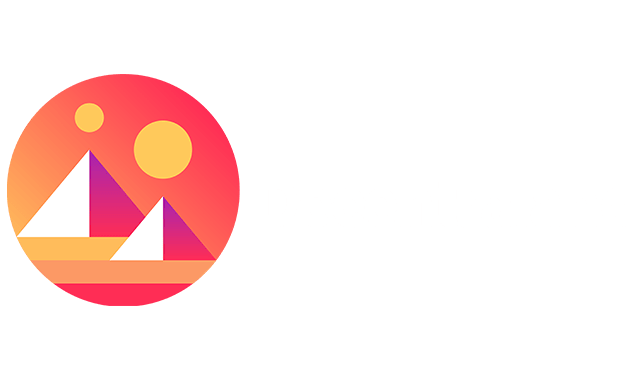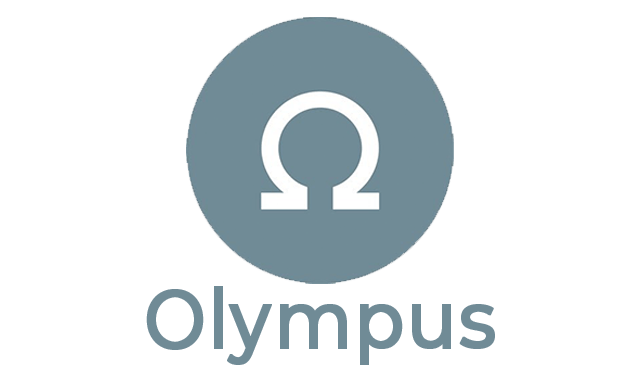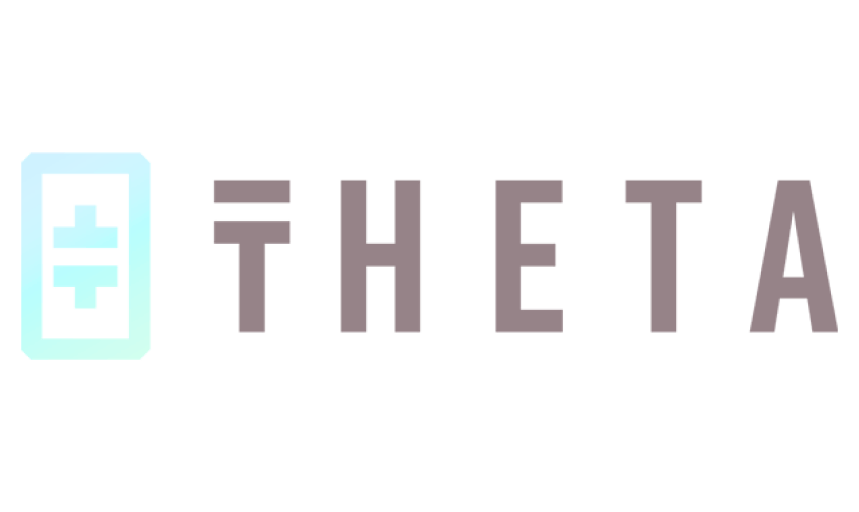Layer 1: The Power of Foundational Blockchain Technology!
Discover the bedrock of innovation. Explore Layer 1 blockchain solutions, shaping the future of crypto and beyond

Cronos (CRO)
Are you wondering what all the buzz is about regarding Cronos (CRO)? Major news sites like Bloomberg and CNBC report that CRO saw a massive spike in investor interest over the past few months.
So, why is everyone talking about CRO? Is this digital currency worth investing in, or is it hype? All these questions will be answered in this article.
In this article, we will explore the various aspects of Cronos (CRO), including its history, platform features, and investment potential, to help investors better understand this emerging digital currency.
What is Cronos (CRO)?
Cronos (CRO) is a blockchain-based platform that enables developers to build decentralized applications (DApps) and offer them to a wider audience. It is built on Ethereum and is designed to be scalable, secure, and easy to use. The platform allows developers to create and manage their DApps using smart contracts, self-executing contracts with the terms of the agreement between buyer and seller being directly written into lines of code.
Cronos is also integrated with the Inter-Blockchain Communication (IBC) protocol, which enables it to connect with other blockchains and exchange data and assets. This allows developers to create cross-chain applications that interact with different blockchains and access a wider range of functionalities.
CRO is the native token of Cronos, used as a means of exchange and a store of value on the platform. CRO coins can be used to settle transaction fees and allow users to earn token rewards.
One of the key features of Cronos is its focus on usability and accessibility. The platform is designed to be user-friendly and intuitive, with a range of tools and resources to help developers get started quickly. It also has a strong community of developers and users who provide support and share knowledge and resources.
Cronos is developed by Crypto.com, a leading digital currency platform that provides services such as Crypto.com Exchange App, Crypto.com DeFi Wallet, and Crypto.com Pay. The primary goal of CRO is to benefit customers of Crypto.com’s payment, trading, and financial services solutions. The platform is backed by a team of experienced developers and has partnerships with various leading companies.
The Technology Behind Cronos
The technology behind Cronos is based on the Tendermint consensus algorithm and the Cosmos Software Development Kit, a framework for building decentralized applications (dApps).
The Tendermint consensus algorithm is a Byzantine Fault Tolerant (BFT) consensus mechanism that uses a PoS system to validate transactions and maintain the integrity of the network. This means that users who hold CRO can participate in the validation process and earn rewards for their contributions. Crypto.org Chain is also built on Cosmos SDK and runs on the PoS algorithm.
The Cosmos development kit is a developer-friendly framework that allows developers to build custom dApps on top of the Cronos blockchain. This is achieved through a modular architecture, which allows developers to plug in pre-built modules and customize them as needed.
One of the key features of the Cronos Network is it enables compatibility with other blockchains. Using the Cosmos Inter-Blockchain Communication protocol, the Cronos Network can communicate with other blockchains in the Cosmos ecosystem and those that support it. This allows for the seamless transfer of assets and data across different distributed ledger networks.
How does CRO work?
Here’s a brief overview of how Cronos works:
- Compatibility: The IBC protocol enables interoperability and bridging to Crypto.org and other IBC-enabled chains. Since Cronos is based on the Cosmos SDK, it can communicate with other blockchains in the Cosmos ecosystem. This simplifies developing decentralized applications across several platforms because assets and data can be exchanged between various blockchains.
- Proof of Authority consensus: Block validation in Cronos is carried out by a group of pre-approved validators because the consensus method is based on Proof of Authority (PoA). Compared to alternative consensus mechanisms like Proof of Work (PoW) or PoS, this enables faster transaction confirmation times and reduced fees.
- Smart contract functionality: Smart contracts, which have the conditions of the agreement between the buyer and seller put directly into lines of code, are self-executing contracts supported by Cronos. Several uses for smart contracts include developing and maintaining decentralized applications, carrying out intricate financial transactions, and more.
What makes CRO unique?
Cronos (CRO) is a cryptocurrency that facilitates using digital currencies in everyday life. Some of the features that make it unique include:
- Cross-chain interoperability: It is simpler for developers to create applications that can interface with many blockchains since Cronos Chain is built to facilitate compatibility between various distributed ledger networks. This implies that programmers can profit from several distributed ledger networks without creating unique applications for each one.
- EVM compatibility: Developers can utilize Solidity and other Ethereum development tools to create applications for the Cronos network because it is completely compatible with the Ethereum Virtual Machine (EVM). Thanks to this, developers can now easily move their Ethereum applications to the Cronos network.
- High transaction throughput: Cronos is designed to handle high throughput, making it suitable for various applications. This high throughput is achieved using the Tendermint consensus algorithm, allowing fast and secure transaction processing.
- User-friendly experience: Both developers and end users will find using Cronos simple. Decentralized apps may be created and deployed with ease thanks to the user-friendly interface and selection of developer tools provided.
- Low transaction fees: Cronos is an inexpensive choice for small transactions thanks to its minimal transaction costs. This is crucial for use cases involving micropayments, particularly when adopting other digital currencies may be unfeasible due to large gas fees.
- Staking rewards: By holding CROs and depositing them on the network, users can earn rewards. Additionally, encouraging people to use the network also contributes to network security.
Partnerships of CRO
Crypto.com has partnered with several other companies and organizations in the distributed ledger, digital currency space, and other industries. Some of Crypto.com’s notable partners include:
- Visa: In July 2020, they announced a partnership with Visa that would allow its users to purchase their Visa cards at any of the 54 million merchants that accept Visa.
- Ledger: They have partnered with Ledger, a company that produces hardware wallets for storing crypto, for offering its users discounts on Ledger products.
- Chainlink: They have integrated Chainlink’s Oracle technology into its platform to help provide reliable and accurate data for dApps on their platform.
- Alchemy: They have partnered with Alchemy, a distributed ledger infrastructure company, to provide developers with the tools and resources they need to build and deploy dApps on their platform.
- Sports teams: They have formed partnerships with several professional sports teams, including the Philadelphia 76ers and the Montreal Canadiens, to promote the use of digital currency and increase awareness of their brand.
These are just a few examples of the many partnerships they have formed since its founding in 2016.
How can CRO be mined?
CRO cannot be “mined” in a conventional way like some other cryptos can.
CRO uses a PoS consensus mechanism, which implies that CRO owners who hold and deposit their tokens are responsible for protecting and validating the network. Users effectively lock up their CROs when they deposit them; during that time, they provide utility to the users to verify network transactions. Users receive additional CRO as payment for risking their coins as an incentive.
Users can hold their CRO via the Crypto.com app or website to participate in staking and collect coin incentives. For example, they can earn up to 12% in annual interest on their Crypto.com coins by staking them on the exchange app or using the metal Visa card. The precise requirements and rewards provided will determine the number of coins that can be held and the prizes that can be received. Users can also earn CRO by participating in other platform activities, such as referral incentives and purchase cashback benefits. In addition, CRO owners can stake their coins on the Crypto.com chain and act as a validator.
It’s critical to remember that, like all cryptocurrencies, the value of CRO can fluctuate and that no guarantees can be made regarding the rewards from depositing or other activities. Therefore, before investing in any crypto, it’s necessary to perform your own research and understand the hazards involved.
Where to sell or buy CRO Coin?
You can buy or sell the coin on the Crypto.com exchange and other crypto exchanges that accept CRO.
If you prefer to use another cryptocurrency exchange to buy or sell, some popular options include:
- Binance
- Huobi Global
- OKEx
- BitMax
- Upbit
- KuCoin
- Gate.io
How does CRO compare against its competitors?
CROs competitors are other digital currencies seeking to become the go-to option for these services. Here’s how it compares to some of its major competitors:
- Ethereum (ETH): Ethereum is the leading platform for DeFi applications and smart contracts and has a much larger network effect and developer community than Cronos. However, Cronos is built on the Ethereum network, giving it advantages over Ethereum’s infrastructure.
- Binance Smart Chain (BSC): Binance Smart Chain is another platform for DeFi applications that has gained popularity due to its low gas fees and fast processing times. However, Cronos has a more scalable and flexible infrastructure than BSC, which could give it an advantage in the long run.
- Cardano (ADA): Cardano is a smart contract platform focusing on scalability and sustainability. It has a unique approach to consensus mechanisms that could give it an advantage in terms of energy efficiency and transaction processing. However, Cronos is built on the Ethereum network, with a much larger developer community and ecosystem.
Cronos (CRO) History
Crypto.com is a cryptocurrency platform founded in 2016 by a team of experienced entrepreneurs and digital currency enthusiasts. The co-founders of Crypto.com are Kris Marszalek, Rafael Melo, Gary Or, and Bobby Bao.
While the co-founders of Crypto.com are not directly involved in the development of Cronos, the two projects are related in that they have launched their own blockchain, which is powered by CRO. Therefore, it is worth discussing the history of Cronos and its co-founders to Crypto.com.
Cronos was launched by the Crypto.com company in 2017 by Denko Mancheski, Nikola Angelov, and Aleksandar Gjorgjiev to create a decentralized platform that could enable developers to build and deploy a wide range of blockchain-based applications. The project is based on the Cosmos modular framework for building interoperable blockchain applications.
After the acquisition, Denko Mancheski and his team continued developing the Cronos blockchain, later rebranded as Crypto.org Chain. The distributed ledger uses CRO as its native cryptocurrency. It offers a range of features, including high speed and low gas fees. The Crypto.com Chain was developed in order to connect cryptocurrency projects and create a platform that allows businesses to accept crypto as a form of payment.
In 2018, Crypto.com (then known as Monaco) acquired the Cronos project and announced its plans to use the Cronos blockchain as the foundation for its own platform. As a result, Crypto.com coin rebranded into Cronos. This move was part of Crypto.com’s broader strategy to become a major player in the digital currency space and offer its users a range of services.
From August 2021, CRO’s price began to rally again, gradually increasing into a sharp spike, from $0.21 on November 1 to its climax at $0.96 on November 24. A key milestone during this time was the launch of the Cronos mainnet on November 8, 2021.
There were originally 100 billion CROs created when the blockchain went online for the first time. Still, around 70% of that has been burned, leaving a total supply of around 30 billion, of which 25.26 billion are circulating as of February 18, 2022.
Overall, CRO can be considered a method that propels the Crypto.com platform and broadens the use of cryptocurrencies on a global scale. As such, the company is continuously working on finding and developing new use cases that will allow users to leverage the cryptocurrency to increase their financial, data, and identity control level.
CRO Price Statistics
Cronos Price Live: CRO to USD
CRO Market Cap
Daily Trading Volume
What is the all-time high and all-time low for CRO?
Related Crypto





